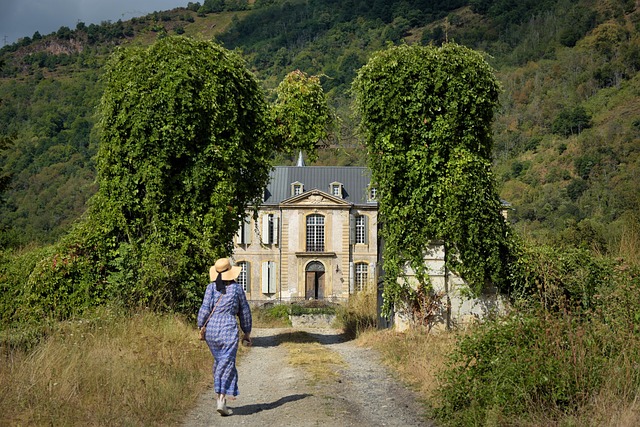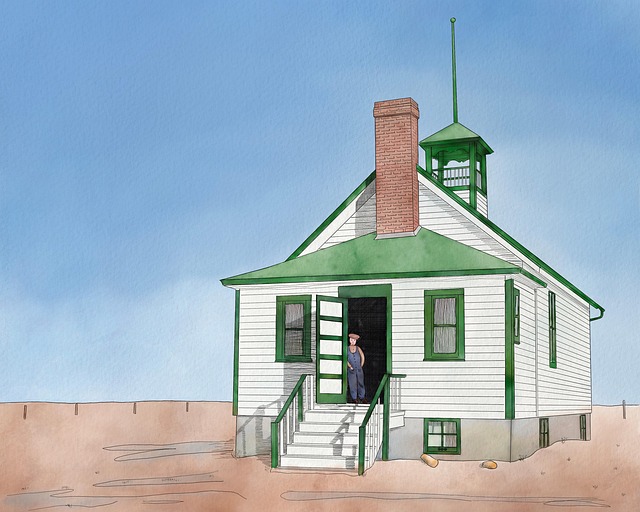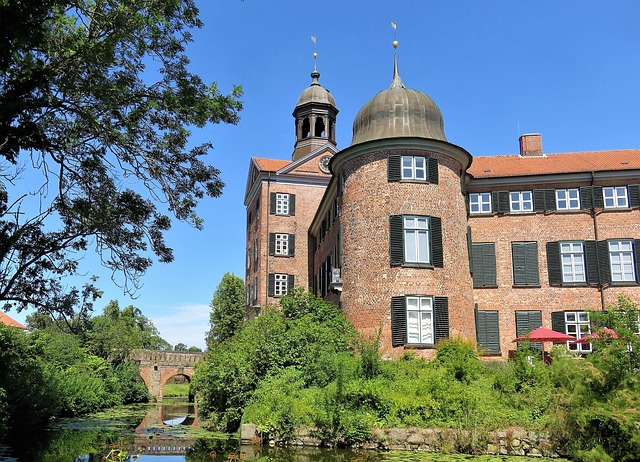Preserving original architectural elements in real estate is about honoring historical heritage, boosting property value, and appealing to buyers who appreciate historic charm. This involves meticulous documentation, expert engagement, and a delicate balance between history and modernity. Sustainable practices further harmonize historical charm with contemporary standards, ensuring respectful restorations that blend the best of both worlds for today's developments.
In today’s dynamic real estate market, preserving original architectural elements is a delicate dance between history and modernity. This article guides you through the intricate process of understanding and safeguarding these valuable gems. We delve into the historic significance of architectural preservation and offer practical tips for identifying and protecting key elements. Additionally, we explore best practices that balance historical integrity with modern real estate trends, ensuring both the past is respected and the future is secured.
Understanding Historic Significance: Why Preserve Architectural Gems?

Preserving original architectural elements is not just about maintaining aesthetics; it’s a way to honor and safeguard our history, especially in the real estate sector. Each building, no matter its age, tells a story of the time and culture it was constructed in. These structural gems offer insights into the past, reflecting the design trends, craftsmanship, and social values of earlier eras.
In the realm of real estate, preserving historic architecture can significantly enhance property value and create unique selling points. It attracts buyers who appreciate the charm and character that original features bring to a space. Moreover, it ensures that our cultural heritage is passed down through generations, providing a tangible connection to our roots. By carefully conserving these architectural elements, we preserve not just structures but also the stories and memories they hold.
Identifying and Protecting Key Elements: A Practical Approach

Identifying and protecting key architectural elements is a meticulous process, crucial for any real estate project aiming to preserve history. The first step involves a thorough inspection and documentation of the existing structure. This includes both visible features like intricate moldings, original flooring, or vintage windows, as well as less apparent components such as structural supports, wiring, and plumbing. Each element tells a story and contributes to the building’s unique character.
A practical approach to protection involves creating detailed records, including photographs, measurements, and historical context. These resources guide restoration efforts, ensuring that interventions are respectful of the past. When renovation or restoration is necessary, engaging professionals with expertise in historic preservation can help. They understand how to work with original materials while incorporating modern solutions for functionality and safety, thus preserving the building’s integrity for future generations.
Best Practices for Preservation: Balancing History and Modernity in Real Estate

When preserving original architectural elements in real estate, it’s crucial to strike a balance between maintaining history and embracing modernity. Start by conducting thorough research on the building’s past to understand its unique design features and cultural significance. Engage architects, historians, and conservation experts who can provide valuable insights tailored to the property. This collaborative approach ensures that restoration efforts are respectful of the structure’s heritage while meeting contemporary standards.
During renovation, prioritize non-intrusive methods that preserve the building’s original character. Where possible, restore or replace faulty elements rather than entirely removing them. Incorporate modern systems discreetly, ensuring they enhance the space without overshadowing its historical charm. Prioritizing sustainable practices further blends history and modernity, using eco-friendly materials and design strategies that were uncommon in the past but are now essential for real estate developments.






